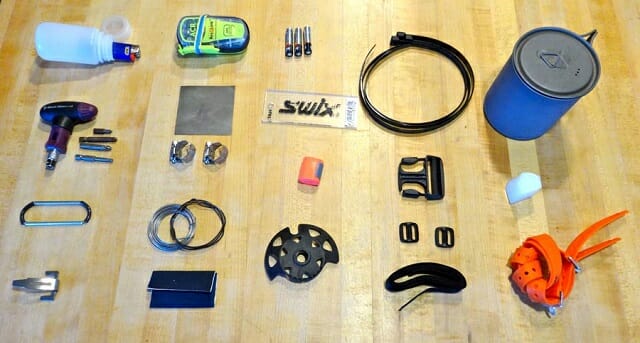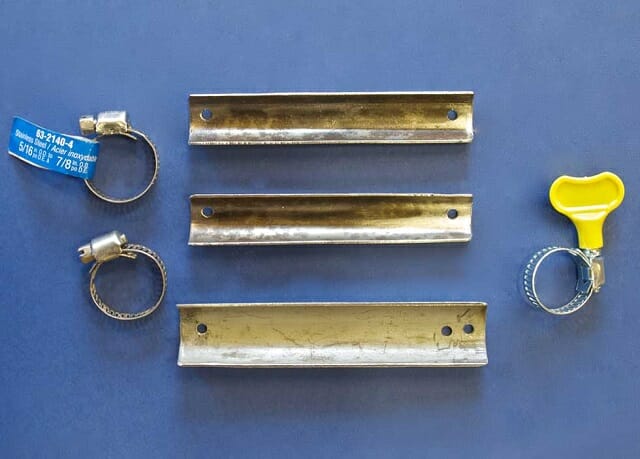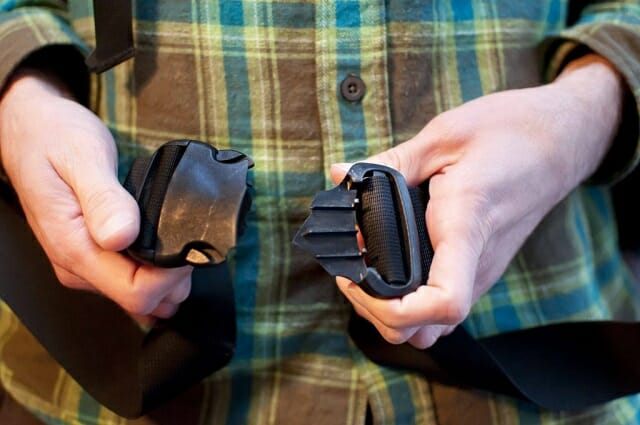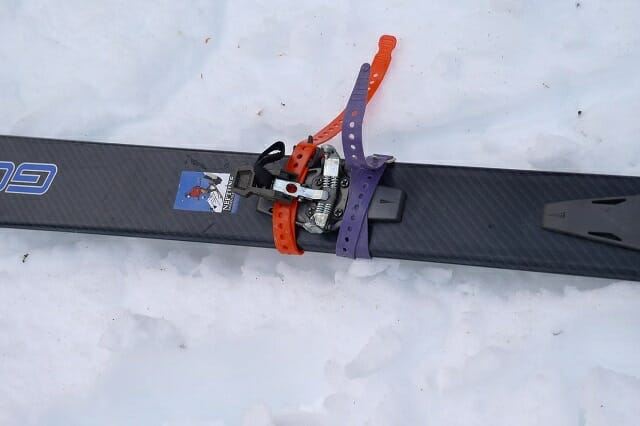4 Easy Backcountry repair tips
As advanced as the backcountry equipment has become, no piece of equipment will last forever. Gear can and will wear out gradually over many seasons, or if loaded in a certain way, break well before its lifetime has elapsed. With these few backcountry repair tips, potential trip-ending mishaps can be fixed without walking all the way back to the car.

Broken gear in the backcountry is not only inconvenient, it can be dangerous. If one member of the expedition team suddenly loses the function of one of their ski bindings, the walk or ski back to the car can turn into a laborious affair. Most of the time it’s the small things that break; ski poles, pack buckles or holes torn through jacket or tent fabric.
An effective backcountry fix begins with the right tools. A backcountry repair kit should be in the pack when travelling for anything longer than a day trip. Some of the items to include are:
1. multitool
2. spare fasteners(screws) for your bindings
3. pole splint with hose clamps
4. zip ties
5. duct tape
6. bailing wire
7. adhesive fabric patches
8. long ski straps
9. extra waist buckle with Slick Clip
10. steel wool with a small tube of epoxy
This of course is not an exhaustive list. More items such as spare toe/heel pieces, a sewing kit, seam grip, 3mm cord and extra boot parts for longer and deeper missions into the wilderness.
Here’s a few backcountry repair tips to get you out of trouble.

The pole fix
One of the items that seems to break the most frequently in the backcountry is the ski pole, especially those with carbon shafts. An awkward fall or snagging a tree can leave your ski pole in two useless pieces. But fear not, by cleaning out the shaft and finding a small branch to shave down to tapered ends with your trusty Leatherman, you can splint the pieces both inside the shaft (with the shaved down branch) and outside with a plastic pole splint. Secure with hose clamps or duct tape as necessary.

The broken buckle
Those plastic waist buckles can seem so fragile when crushed under the heel of a ski boot in sub zero temperatures. Good thing you brought a spare! By cutting the seam on the waist strap webbing you can thread the strap through the new buckle and secure with a handy Slick Clip. Remember to replace that buckle in your repair kit when you get back to civilization.

The binding rip-out
It’s happened to many skiers, the forces applied to the binding have ripped out the fasteners by the threads. By packing the drill hole hole with steel wool and epoxy, you can temporarily fasten the binding to will let you limp back to the hut or the car without post holing the whole way.
Patching holes
There’s no shortage of sharp objects in the backcountry that will try to poke holes in your gear. With adhesive patches it’s as easy as cutting an appropriately sized patch, applying it and letting it cure away from moisture. Remember to cut round or elliptical patches, any corners accelerate peeling. And if you don’t have patch material, there always duct tape!
These are just a few of the backcountry tips that can get you out of trouble. For more backcountry repair hacks check out this guide on Backpacker.com


